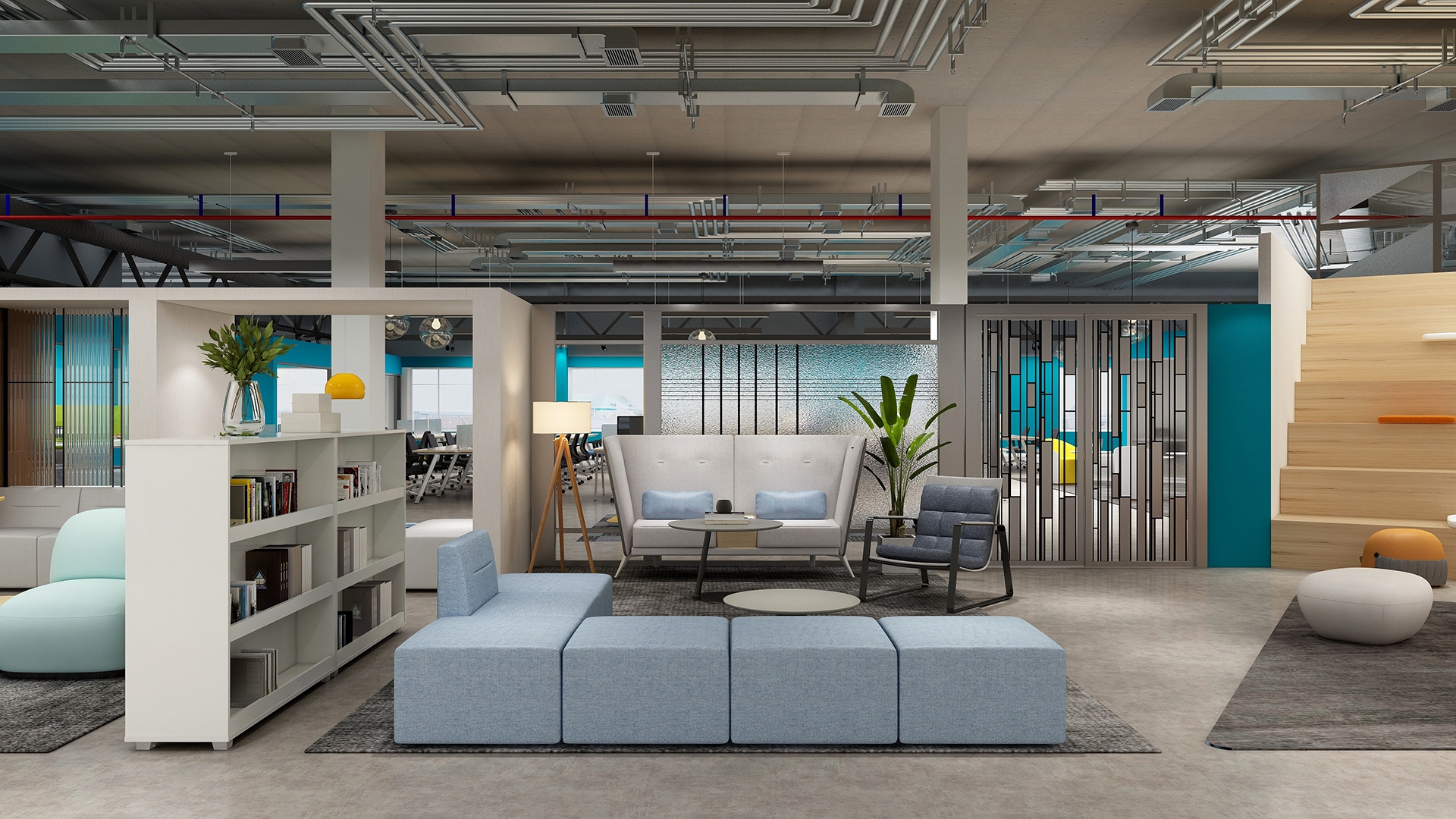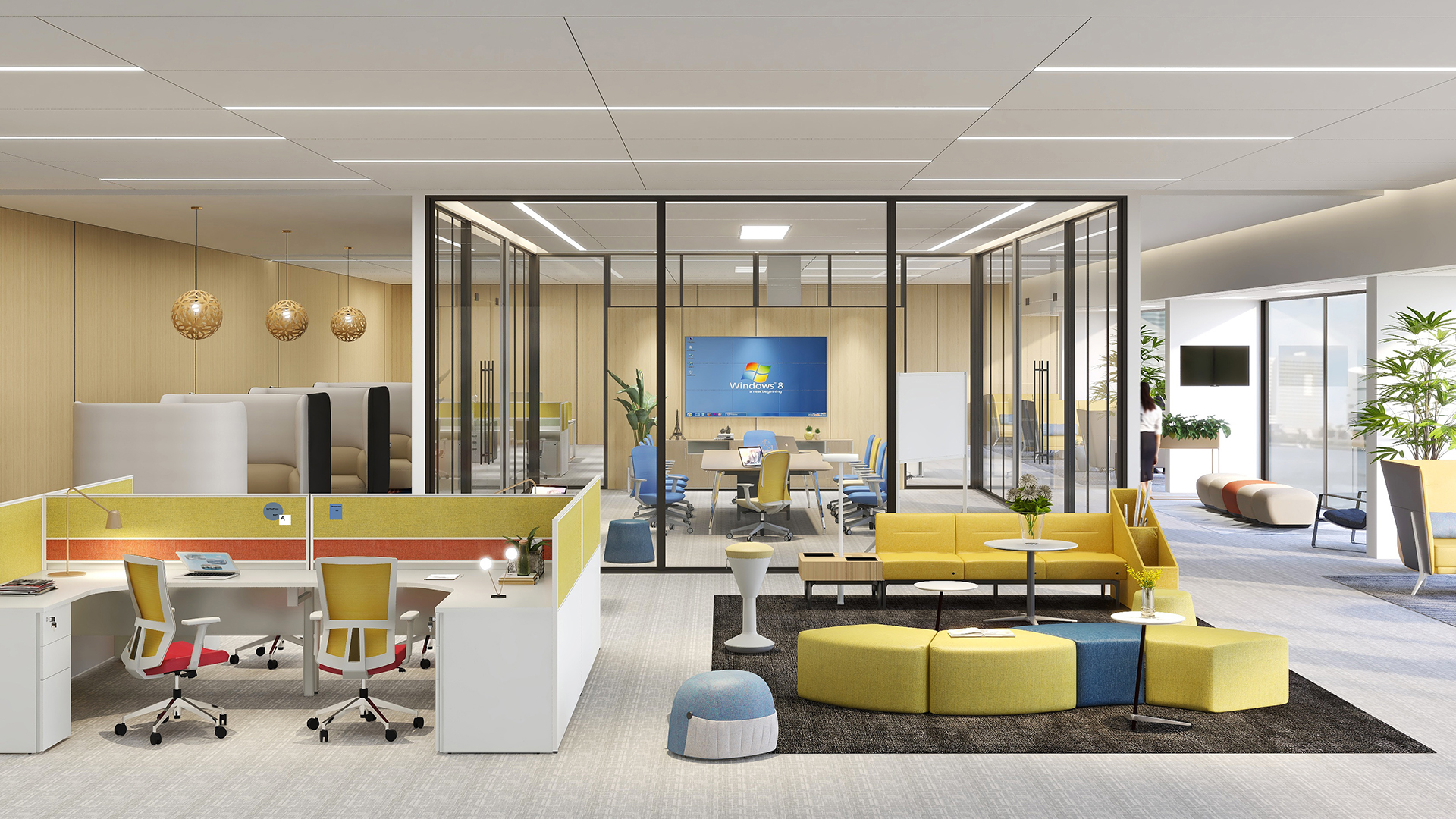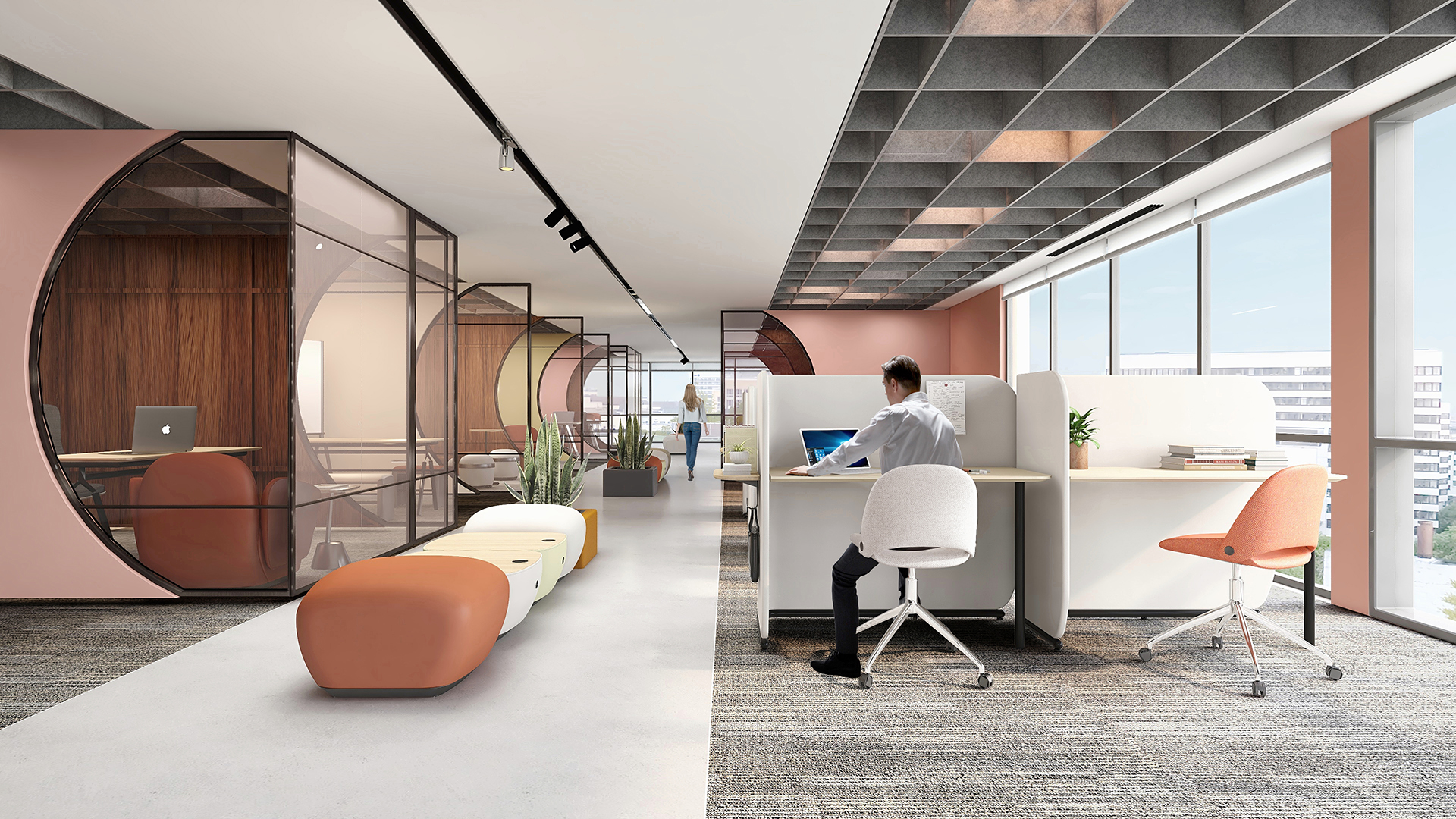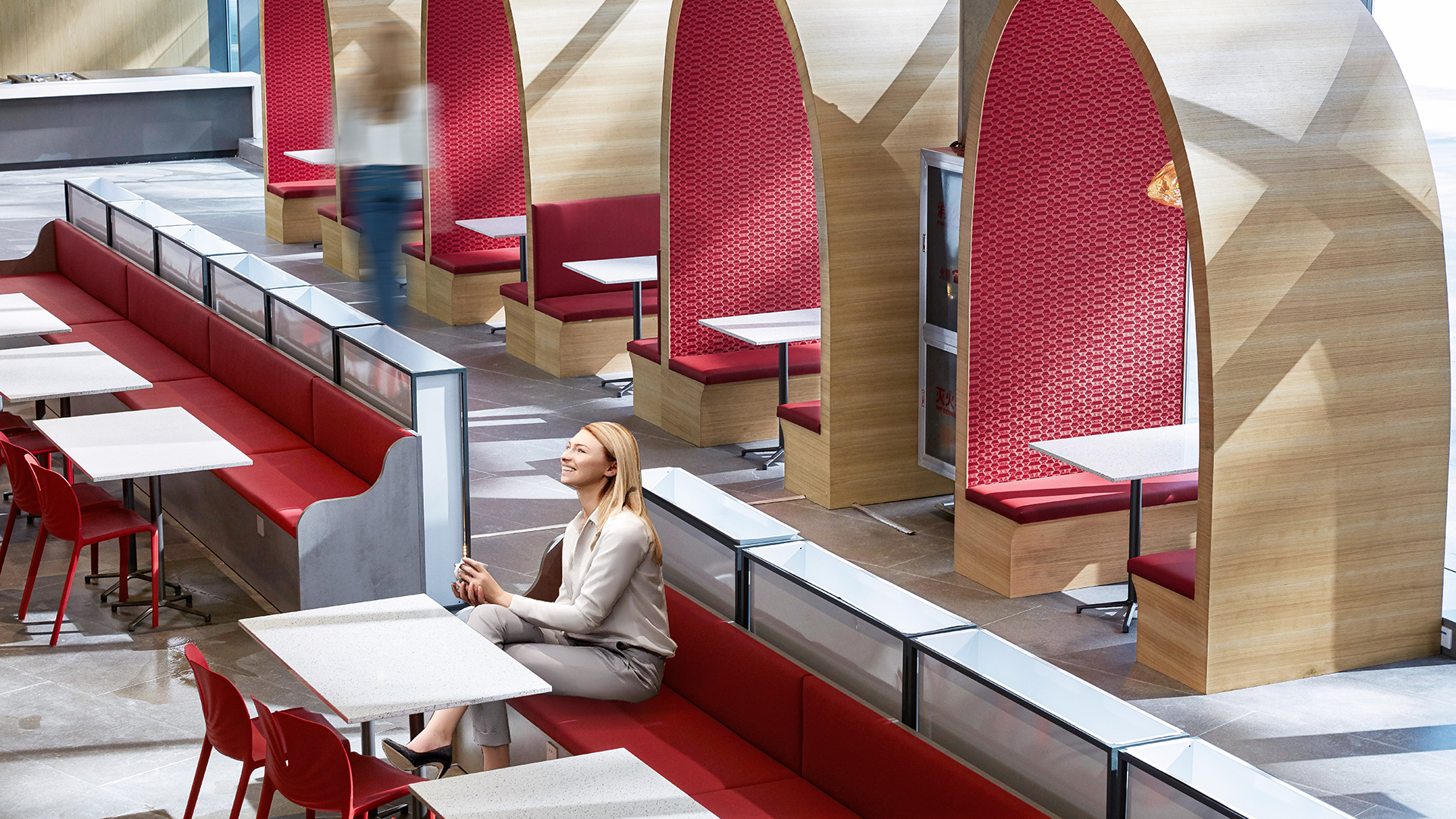
To say that the open-office gets a lot of hate, would be an understatement. Open workplace designs were heavily criticized before to COVID-19, but once fears about the pandemic surfaced, they were seen as an even worse health risk. Most businesses clung to the idea of open-plan workplaces despite data demonstrating that they were productivity catastrophes.
An open-plan office was a really admirable concept. The old paradigm of management offices and worker cubicles was replaced by more open layouts with "hot" workstations and shifting conference rooms in workplaces. These open workplace layouts were well-liked and a booming trend. Although it appeared logically evident that gathering everyone in one large space would foster cooperation and invention, the truth turned out to be the exact opposite.
We'll examine the open office's present situation, discuss its potential, and consider how to fix it.

The open-office idea and the problems
The idea was to set up a workspace without overt hierarchy. It was intended to demonstrate that each employee is equally valued by putting them all in the same communal area. In an open workplace, employees can sit next to one another at tables or half-cubes without any form of partition. Solid walls and obstacles were taken down in order to improve teamwork. While it appeared that the workplaces were arranged at random, each desk cluster's position was calculated and based on employees' jobs and daily routines. Open offices not only provide businesses with more room for their money, but their staff also takes up less space. Fewer employees mean less space is needed for each office. It’s a win-win situation for the company.
But, there is one big problem: Noise and distraction. Most of us now work in open-plan workplaces as a result of this current—and long-lasting—trend. Regrettably, many workers experience the well-known and widespread drawbacks of open-office work environments, including a loss of privacy, distractions, and communication problems. In fact, a growing body of evidence appears to support this perspective. These are some major problems that recur frequently:
• Open offices lack privacy
• Open offices can lead to lower job satisfaction.
• Open offices can expose workers to germs.
• Open offices may decrease productivity.
• Open office may lower face-to-face interaction.

What’s behind the downfall of open-plan offices?
It would be absurd to presume that these drawbacks apply to everyone. Indeed, there are some open-plan workplaces that foster cooperation and innovation in the ways that are sought. Of course, not every open-plan office is like this. But, mostly of them are.
Why is it the case? One of the most widely accepted hypotheses contends that employees in open-plan offices construct a "wall" around themselves. It's a simple technique to avoid distractions and concentrate on your work. Employees are less likely to want to communicate and work together with others when they find it difficult to focus on their task.
Open-plan workplaces shrank and grew increasingly congested over time. This implies that individuals are surrounded by more distractions and have less personal space. The biggest issue with the open-plan office is the absence of privacy. For introverted individuals in particular, the feeling of being watched and heard stops them from speaking their minds freely and increases the stress.
According to a Cisco research, 82% of employees stated hybrid work settings had improved their happiness and motivation. Employee happiness will increase in offices that are built for hybrid work, have sufficient visual and auditory privacy, and are outfitted with tools and technology. Employees that are happier and more motivated work more diligently and accomplish more.

How to make the open office work better?
Teams working on new goods or services might communicate more naturally in open workspaces. Nevertheless, open offices are poor for jobs that need execution, such as writing code or completing math. Since that most firms include both sorts of teams, a mixed-layout workplace with distinct zones created for various activities could be an appropriate option. Here are few ideas for your inspiration:
The space of solitude
A workspace without the noise with individual nooks, and cosy chairs for quiet focus. This kind of area is designed to be an open-plan office where anybody may go to find peace and focus while minimizing the chance of interruption.
The social hub
A communal dining area that combines food and conversation in the workplace. The goal is to remove them from their immediate neighborhood and provide a location for everyone to congregate. Usually, individuals go there to get coffee and have the chance to meet a variety of people on the spur of the moment that they may not have otherwise encountered.

The Pit-stop
It is encouraged to pause for a short while in this area, which is like a travel zone, to catch up with a coworker you run into. Instead of needing to immediately return to your workspace after a meeting, you may discuss with coworkers at this intermediary location. With touchdown tables, stools, and sometimes phone booths, a normal office corridor can be repurposed as this social space.